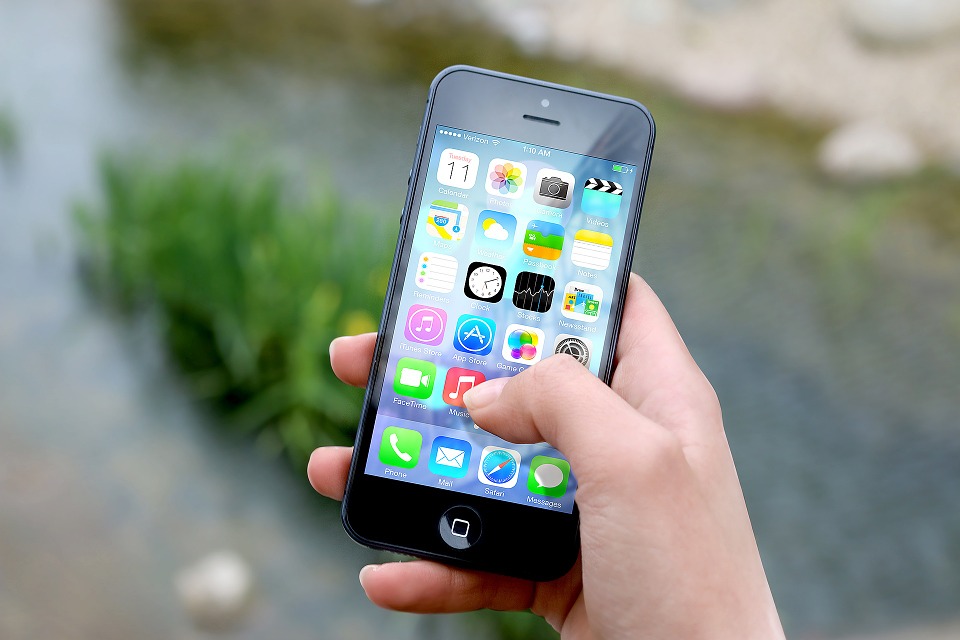How to Properly Dispose of Your Mobile Device
April 10, 2019 Fred Smith
A guide to what’s on your device and how you should securely wipe it of data before getting rid of it.
Mobile devices such as smartphones, smart watches, and tablets continue to advance and innovate at an astonishing rate. As a result, some people replace their mobile devices as frequently as every year. Unfortunately, people often do not realize how much personal data is on these devices. Below we cover what might be on your mobile device and how you should securely wipe it before disposing of it. If your mobile device was issued to you by your employer or has any work data stored on it, be sure to check with your supervisor about proper backup and disposal procedures first.
Your Information
Mobile devices store more sensitive data than many people realize, often far more than your computer, including:
- Where you live, work, and places you visit
- Contact details for everyone in your address book, including family, friends, and co-workers
- Phone call history, including inbound, outbound, voicemail, and missed calls
- Texting or chat sessions within applications like secure chat, games, and social media
- Web browsing history, search history, cookies, and cached pages
- Personal photos, videos, and audio recordings
- Stored passwords and access to your accounts, such as your bank, social media, or email
- Health-related information, including your age, heart rate, exercise history, or blood pressure
Wiping Your Device
Regardless of how you dispose of your mobile device, such as donating it, exchanging it for a new one, giving it to another family member, reselling it, or even throwing it out, you need to be sure you first erase all that sensitive information. Simply deleting data is not enough. Instead, you should securely erase all the data on your device. The easiest way to do this is to reset your device. The reset function varies among devices; listed below are the steps for the two most common devices. An even more secure step is to make sure you have encryption enabled on your device before resetting it. On most recent mobile devices, the easiest way to do this is to simply enable a screen lock (which hopefully you have enabled already). Finally, we highly recommend you back up your device before resetting it.
- Apple iOS devices: Settings | General | Reset | Erase All Content and Settings
- Android devices: Settings | Privacy | Factory Data Reset
SIM and External Cards
In addition to your device, you need to consider what to do with your SIM (Subscriber Identity Module) card. A SIM card is what a mobile device uses to make a cellular or data connection. When you wipe your device, the SIM card retains information about your account and is tied to you. If you are keeping your phone number and moving to a new device, talk to your phone service provider about transferring your SIM card. If this is not possible, keep your old SIM card and physically destroy it to prevent someone else from reusing it to impersonate you and gain access to your information or accounts. Finally, some Android mobile devices utilize a removable SD (Secure Digital) card for additional storage. Remove these external storage cards from your mobile device prior to disposal. These cards often can be reused in new mobile devices or can be used as generic storage on your computer with a USB adapter. If reusing your SD card is not possible, then just like your old SIM card, we recommend you physically destroy it. If you are not sure about any of the steps covered above, or if your device reset options are different, take your mobile device to the store you bought it from and get help from a trained technician. Finally, if you are throwing a device away, consider donating it instead. There are many excellent charitable organizations that accept used mobile devices, and many mobile providers have drop-off bins in their stores.